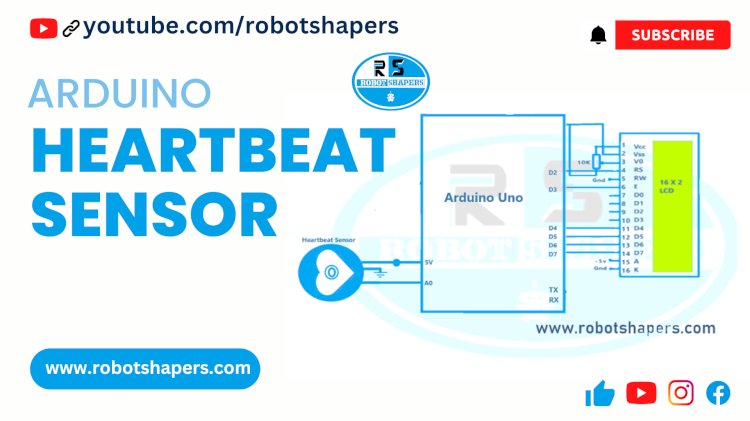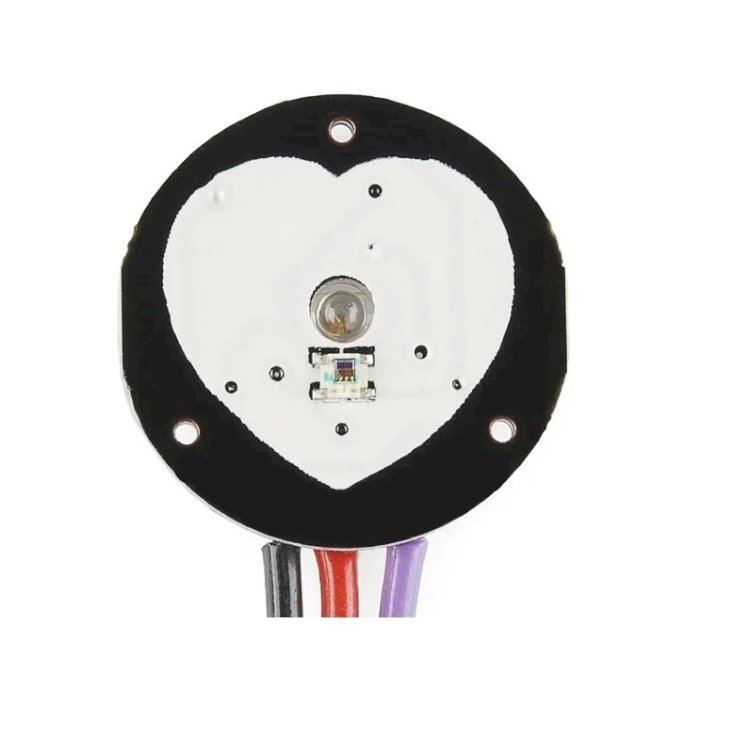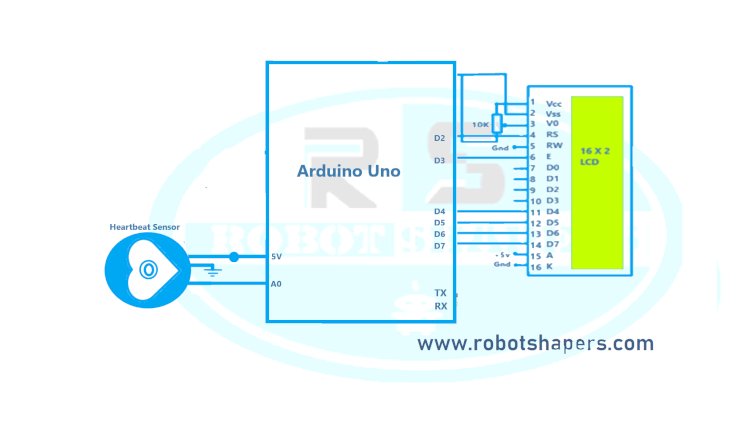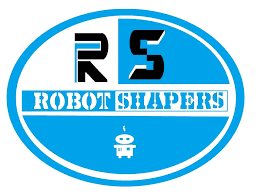Arduino Heartbeat Sensor
Welcome to Robotshapers, where we shape the beats of your heart into powerful insights. Explore our world of heart rate sensors and unlock a deeper understanding of your cardiovascular health on our website, robotshapers.com. Our Arduino heart rate sensor offers real-time monitoring, allowing you to track your heart rate during workouts, daily activities, and beyond. Whether you're an athlete striving for peak performance or someone seeking better health management, our heart rate sensor provides the data you need to optimize your lifestyle.

Integrated into wearable devices, our heart rate sensors deliver accurate measurements, empowering you to make informed decisions about your fitness goals, stress management, sleep quality, and more. Discover the potential of heart rate monitoring with Robotshapers.
Visit robotshapers.com and let us shape the beats of your heart into a healthier, happier you.
A heart rate sensor, also known as a heart rate sensor or pulse sensor, is a device that measures and measures a person's heart rate or pulse. It is widely used in the medical environment, fitness tracking devices, and many other health-related applications. The sensor works by detecting blood volume and flow in blood vessels close to the skin.
Usually the heart rate sensor has an infrared LED (Light Emitting Diode) and a photodetector such as a photodiode or phototransistor. Infrared LEDs emit light to the skin, and photodetectors measure the amount of reflected light. Changes in light intensity are similar to blood beating with a heartbeat.

Heart rate sensors are often embedded in wearable devices such as smartwatches, fitness trackers, and chest straps to provide real-time heart rate monitoring during physical activity. They are also used in medical devices such as pulse oximeters and electrocardiogram (ECG) machines to measure heart rate and diagnose various heart diseases.
In general, heart rate sensors play an important role in heart rate monitoring and provide information about heart health and function.
Components required:
Circuit diagram:

Code:
#include
LiquidCrystal lcd(2,3,4,5,6,7);
int sensor= A0;
int OpenTime=0;
int pass=0;
int pass2=1;
int pulse=0;
unsigned int timeS=0;
int heartbeat=0;
void setup() {
Serial.begin(9600);
pinMode(2,OUTPUT);
pinMode(sensor,INPUT);
lcd.begin(16,2);
lcd.setCursor(0,0);
lcd.print("ROBOTSHAPERS");
lcd.setCursor(0,1);
lcd.print("Heartbeat meter");
delay(1500);
lcd.clear();
}
void loop() {
int sensorread=analogRead(sensor);
if(sensorread>512)
{
pass=pass+1;
pulse=pulse+1;
delay(100);
if(pass2==1)
{
OpenTime=millis();
pass2=pass2+1;
}
}
timeS= millis()-OpenTime;
if((timeS>9500)&(timeS<11500))
{
heartbeat=pass*6;
delay(5000);
OpenTime=0;
pass=0;
timeS=0;
pulse=0;
pass2=1;
}
lcd.setCursor(0,0);
lcd.print("Heartbeat:");
lcd.setCursor(0,1);
lcd.print(heartbeat);
Serial.print("Heartbeat:");
Serial.println(heartbeat);
}
Applications:
Heart rate sensors are widely used in many fields because of their ability to monitor heart rate and provide a better understanding of heart disease. Here are some key applications:
- Fitness and Sports: Heart monitoring is essential for athletes and fitness enthusiasts to track activity levels, improve training, and measure performance during work or competition.
- Health and Medical Care: Used in medical devices such as heart rate sensors, pulse oximeters, and electrocardiographs to evaluate heart disease, diagnose heart disease, and monitor people's pain during treatment or recovery.
- Stress and Anxiety Management: Heart rate measurements from heart rate sensors can provide insight into stress levels and help people manage stress and anxiety.
- Sleep Monitoring: With the heart rate sensors integrated into sleep tracking devices, heart rate variability during sleep can be monitored, information about sleep quality, sleep stage is provided and conditions such as sleep apnea can be controlled.
- Human-Computer Interaction: - Heart rate sensors can be used as biometric input for human-computer interaction.
- Virtual Reality and Gaming: Heart rate sensors add an essential element to the virtual reality and gaming experience by combining heart rate data in real time to improve gameplay or create a changing environment.
Best projects in Bhilai, Chhattisgarh, India. Contact: 7067150002

 robotshapers1
robotshapers1 

















